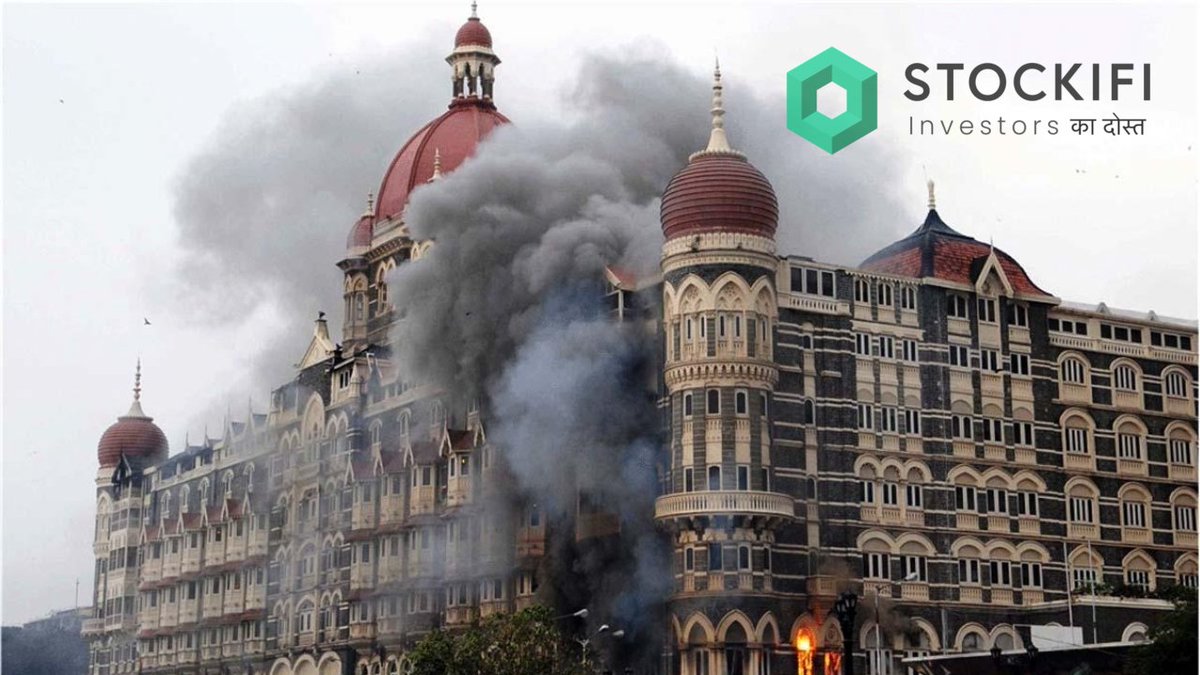The biggest scam in Indian stock market history didn’t involve fraudsters outside the system.
It was engineered from within.
Here’s how the ₹50,000 Cr NSE co-location scam unravelled and why NSE just offered ₹1,388 Cr to quietly settle it.
Bookmark and retweet this thread to revisit it later
It was engineered from within.
Here’s how the ₹50,000 Cr NSE co-location scam unravelled and why NSE just offered ₹1,388 Cr to quietly settle it.
Bookmark and retweet this thread to revisit it later

What is the NSE co-location scam?
In 2009, the NSE launched a co-location facility, allowing brokers to place their servers within NSE’s data centre.
This gave them microsecond access to live market data. Legal on paper.
But what followed was pure market manipulation.
In 2009, the NSE launched a co-location facility, allowing brokers to place their servers within NSE’s data centre.
This gave them microsecond access to live market data. Legal on paper.
But what followed was pure market manipulation.
Between 2010-2014, select brokers accessed NSE's servers before anyone else.
How?
They connected to backup (secondary) servers that sent out tick-by-tick data slightly earlier.
Milliseconds matter.
In high-frequency trading, that’s a fortune.
How?
They connected to backup (secondary) servers that sent out tick-by-tick data slightly earlier.
Milliseconds matter.
In high-frequency trading, that’s a fortune.
Brokers like OPG Securities consistently received first access.
Result?
They front-ran trades, exploited price movements, and allegedly made ₹50,000 crore in unfair profits.
All while the rest of the market traded blind.
Result?
They front-ran trades, exploited price movements, and allegedly made ₹50,000 crore in unfair profits.
All while the rest of the market traded blind.
In 2015, a whistleblower exposed everything.
Letters were sent to SEBI, media houses, and regulators.
What followed:
SEBI investigations
CBI raids
Tech audits by Deloitte & EY
NSE officials under fire
₹1,000 Cr penalties proposed
Letters were sent to SEBI, media houses, and regulators.
What followed:
SEBI investigations
CBI raids
Tech audits by Deloitte & EY
NSE officials under fire
₹1,000 Cr penalties proposed
But the rot ran deeper.
Some brokers set up illegal private networks called “dark fibre”.
These gave them even faster access to market data—bypassing NSE’s official infrastructure.
Yes, a parallel internet. For stock trading.
Some brokers set up illegal private networks called “dark fibre”.
These gave them even faster access to market data—bypassing NSE’s official infrastructure.
Yes, a parallel internet. For stock trading.
Today, NSE is trying to make it all go away.
They’ve just offered:
₹1,165 Cr to settle the co-location case
₹223 Cr for the dark fibre scandal
Total: ₹1,388 Cr
The largest-ever settlement offer in SEBI’s history.
They’ve just offered:
₹1,165 Cr to settle the co-location case
₹223 Cr for the dark fibre scandal
Total: ₹1,388 Cr
The largest-ever settlement offer in SEBI’s history.
Why now?
NSE wants to clean its slate before launching its long-awaited IPO.
This isn’t just about money.
It’s about:
Trust in markets
Fairness in access
NSE wants to clean its slate before launching its long-awaited IPO.
This isn’t just about money.
It’s about:
Trust in markets
Fairness in access
SEBI is reviewing the proposal now.
If accepted:
NSE gets IPO-ready
Brokers may be let off quietly
This ₹1,388 Cr offer is the largest in SEBI’s history.
But compared to the estimated ₹50,000 Cr made through unfair trading,
…it’s a small price for silence.
If accepted:
NSE gets IPO-ready
Brokers may be let off quietly
This ₹1,388 Cr offer is the largest in SEBI’s history.
But compared to the estimated ₹50,000 Cr made through unfair trading,
…it’s a small price for silence.
If you found this insightful
→ Bookmark and retweet to revisit later
→ Follow us for more such deep dives
→ Join Stockifi Community and find out our latest stock idea (Check pinned post)
👉 Join Now t.me/stockifi
→ Bookmark and retweet to revisit later
→ Follow us for more such deep dives
→ Join Stockifi Community and find out our latest stock idea (Check pinned post)
👉 Join Now t.me/stockifi
• • •
Missing some Tweet in this thread? You can try to
force a refresh










